Dagstuhl Seminar 19471
BOTse: Bots in Software Engineering
( Nov 17 – Nov 22, 2019 )
Permalink
Organizers
- James D. Herbsleb (Carnegie Mellon University - Pittsburgh, US)
- Carolyn Penstein Rosé (Carnegie Mellon University - Pittsburgh, US)
- Alexander Serebrenik (TU Eindhoven, NL)
- Margaret-Anne Storey (University of Victoria, CA)
- Thomas Zimmermann (Microsoft Corporation - Redmond, US)
Contact
- Shida Kunz (for scientific matters)
Impacts
- Conversational Bot for Newcomers Onboarding to Open Source Projects : article in ICSEW' 20 - Dominic, James; Houser, Jada; Steinmacher, Igor; Ritter, Charles; Rodeghero, Paige - New York : ACM, 2020. - pp. 46-50.
- Effects of Adopting Code Review Bots on Pull Requests to OSS Projects : article in 2020 IEEE International Conference on Software Maintenance and Evolution (ICSME) - Los Alamitos : IEEE, 2020. - pp. 1-11.
- The Inconvenient Side of Software Bots on Pull Requests : article in ICSEW'20 : Proceedings of the IEEE/ACM 42nd International Conference on Software Engineering Workshops - Wessel, Mairieli; Steinmacher, Igor - New York : ACM, 2020. - Pages 51–55.
- What to Expect from Code Review Bots on GitHub? : A Survey with OSS Maintainers : article in SBES '20: Proceedings of the 34th Brazilian Symposium on Software Engineering - Wessel, Mairieli; Serebrenik, Alexander; Wiese, Igor; Steinmacher, Igor; Gerosa, Marco Aurelio - New York : ACM, 2021. - Pages 457–462.
Bots, often called chatbots, are computer programs that provide a conversational style interface for interacting with software services. Bots are found in many domains such as shopping, entertainment, education, and personal productivity. In software development, bots are rapidly becoming a de facto interface for developers and end users to interact with software services in a myriad of ways: e.g., bots are used to fetch or share information, extract and analyze data, detect and monitor events and activities in communication and social media, connect developers with key stakeholders or with other tools, and provide feedback and recommendations on individual and collaborative tasks.
Through this Dagstuhl Seminar, we hope to gain important insights on how bots may be disrupting collaborative software development and to develop an understanding of how bots, and the conversational UI, may play a prominent role in practice. The research that has been conducted so far is rather preliminary with most of existing papers appearing in just the past year or two showing a recent awareness that this topic is important. Meanwhile, practitioners can refer to several books or blog posts, but these resources tend to be focused on how to design bots, with less attention given to understanding the impact they may have on development processes, software quality, and on end users.
Our seminar would bring researchers and practitioners together from across diverse domains to understand how bots are used today, how they could be used in innovative ways in the future, how the use of bots can be compared and synthesized, and to identify and share risks and challenges that may emerge from using bots in practice.
Specifically, we will
- develop a research agenda with such objectives as raising awareness of how bots may positively or negatively impact software engineering, analyzing and reflecting on existing bots that are used in software engineering and in other domains to form a framework that can be used to characterize and define bots,
- develop theories that capture or predict the impact bots may have on software engineering projects,
- explore and discuss which research methods should be used to study the impact of bots in laboratory settings and also in industry,
- develop new innovations and leverage existing technologies that can improve the design of bots,
- and create an interdisciplinary community of researchers that will together care about and understand how bots can be effectively used in software engineering and in our research.
During the seminar, participants will present how bots are used in practice (hearing from both practitioners and researchers that have studied their use), and how to innovate new interaction and technical paradigms and use cases for bots in SE. The presentations will be augmented by breakout sessions to brainstorm answers to some of the questions related to bots and their impact. Concurrently to the above activities, we also plan to host a “Build a bot” hands on activity leading to a specific bot (or ideas for a platform) that we will use during the seminar to guide our discussions.
 James D. Herbsleb, Carolyn Penstein Rosé, Alexander Serebrenik, Margaret-Anne Storey, and Thomas Zimmermann
James D. Herbsleb, Carolyn Penstein Rosé, Alexander Serebrenik, Margaret-Anne Storey, and Thomas Zimmermann
This Dagstuhl seminar brought researchers and practitioners together from multiple research communities with disparate views of what bots are and what they can do for software engineering. The goals were to understand how bots are used today, how they could be used in innovative ways in the future, how the use of bots can be compared and synthesized, and to identify and share risks and challenges that may emerge from using bots in practice. pagebreak
Bots, often called chatbots, are considered by some to be computer programs that provide a conversational style interface for interacting with software services, while others consider bots to be any semi-autonomous software service that may or may not take on a human-like persona.
Regardless of the definition of what makes a bot a bot, bots are found in many domains such as shopping, entertainment, education, and personal productivity. In software development, bots are rapidly becoming a de facto interface for developers and end users to interact with software services in a myriad of ways: e.g., bots are used to fetch or share information, extract and analyze data, detect and monitor events and activities in communication and social media, connect developers with key stakeholders or with other tools, and provide feedback and recommendations on individual and collaborative tasks.
Through this Dagstuhl Seminar, we aimed to gain important insights on how bots may play a role in improving software development productivity and in enhancing collaborative software development. In particular we discussed how bots, with or without a conversational UI, may play a prominent role in software practice. We gathered literature and resources on how bots can have an impact on development processes, software quality, and on end users. The goal was to channel previously siloed communities and through this confluence forge a common vision and plot next steps that might leverage the variety of expertise and push forward both the research and the practices related to bots. The activities were meant to surface the difficult questions and tensions that arise when one looks beyond what at first blush appears to be a superficial distinction, but in fact touches upon core values and driving questions that define the boundaries between fields.
 James D. Herbsleb, Carolyn Penstein Rosé, Alexander Serebrenik, Margaret-Anne Storey, and Thomas Zimmermann
James D. Herbsleb, Carolyn Penstein Rosé, Alexander Serebrenik, Margaret-Anne Storey, and Thomas Zimmermann
- Shivali Agarwal (IBM India - Bangalore, IN) [dblp]
- Ireti Amojo (Freie Universität Berlin, DE) [dblp]
- Ivan Beschastnikh (University of British Columbia - Vancouver, CA) [dblp]
- Kelly Blincoe (University of Auckland, NZ) [dblp]
- Nick Bradley (University of British Columbia - Vancouver, CA) [dblp]
- Fabio Calefato (University of Bari, IT) [dblp]
- Nathan Cassee (TU Eindhoven, NL) [dblp]
- Jacek Czerwonka (Microsoft Research - Redmond, US) [dblp]
- Antske Fokkens (Free University Amsterdam, NL) [dblp]
- Denae Ford (Microsoft Research - Redmond, US) [dblp]
- Thomas Fritz (Universität Zürich, CH) [dblp]
- Marco Gerosa (Northern Arizona University - Flagstaff, US) [dblp]
- Daniel Graziotin (Universität Stuttgart, DE) [dblp]
- Sonia Haiduc (Florida State University - Tallahassee, US) [dblp]
- James D. Herbsleb (Carnegie Mellon University - Pittsburgh, US) [dblp]
- Abram Hindle (University of Alberta - Edmonton, CA) [dblp]
- Akinori Ihara (Wakayama University, JP) [dblp]
- Minha Lee (TU Eindhoven, NL) [dblp]
- Philipp Leitner (Chalmers University of Technology - Göteborg, SE) [dblp]
- Marin Litoiu (York University - Toronto, CA) [dblp]
- Walid Maalej (Universität Hamburg, DE) [dblp]
- Christoph Matthies (Hasso-Plattner-Institut - Potsdam, DE) [dblp]
- Marie-Francine Moens (KU Leuven, BE) [dblp]
- Martin Monperrus (KTH Royal Institute of Technology - Stockholm, SE) [dblp]
- Claudia Müller-Birn (Freie Universität Berlin, DE) [dblp]
- Nicole Novielli (University of Bari, IT) [dblp]
- Ayushi Rastogi (TU Delft, NL) [dblp]
- Paige Rodeghero (Clemson University, US) [dblp]
- Carolyn Penstein Rosé (Carnegie Mellon University - Pittsburgh, US) [dblp]
- Anita Sarma (Oregon State University - Corvallis, US) [dblp]
- Andreas Schreiber (German Aerospace Center - Köln, DE) [dblp]
- Alexander Serebrenik (TU Eindhoven, NL) [dblp]
- Emad Shihab (Concordia University - Montreal, CA) [dblp]
- Arfon Smith (STSci - Baltimore, US) [dblp]
- Igor Steinmacher (Northern Arizona University - Flagstaff, US) [dblp]
- Margaret-Anne Storey (University of Victoria, CA) [dblp]
- David R. Traum (USC - Playa Vista, US) [dblp]
- Christoph Treude (University of Adelaide, AU) [dblp]
- Bogdan Vasilescu (Carnegie Mellon University - Pittsburgh, US) [dblp]
- Stefan Wagner (Universität Stuttgart, DE) [dblp]
- Mairieli Wessel (University of Sao Paulo, BR) [dblp]
- Jie Zhang (University College London, GB) [dblp]
- Thomas Zimmermann (Microsoft Corporation - Redmond, US) [dblp]
Classification
- society / human-computer interaction
- software engineering
Keywords
- Software engineering
- Bots
- Chatbots
- Automated software development
- Collaborative software development
- DevOps
- CSCW
- NLP

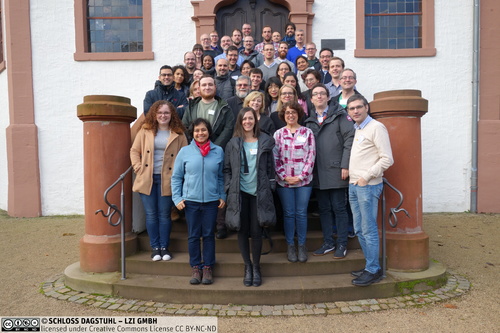
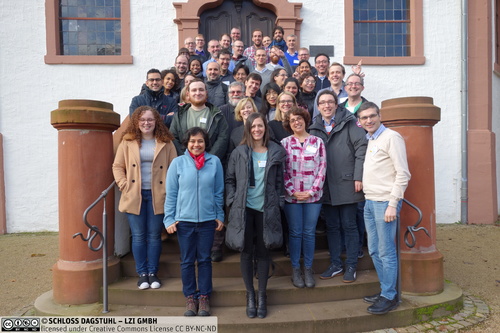
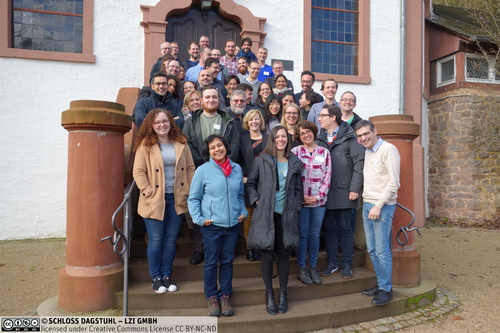
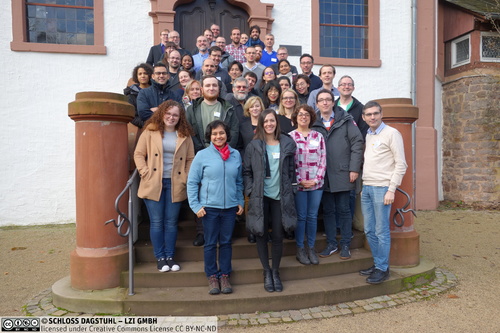
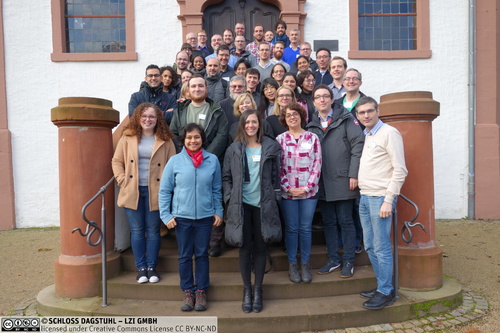
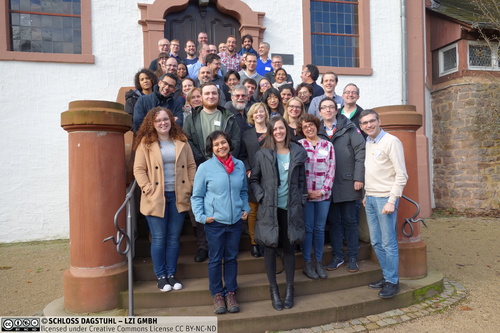
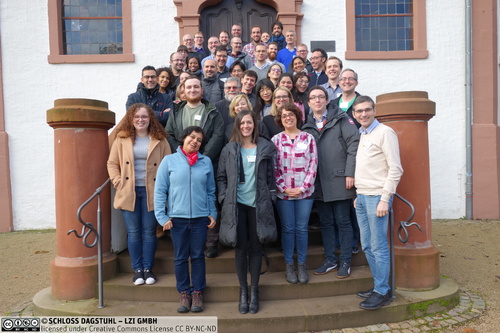
 Creative Commons BY 3.0 DE
Creative Commons BY 3.0 DE
